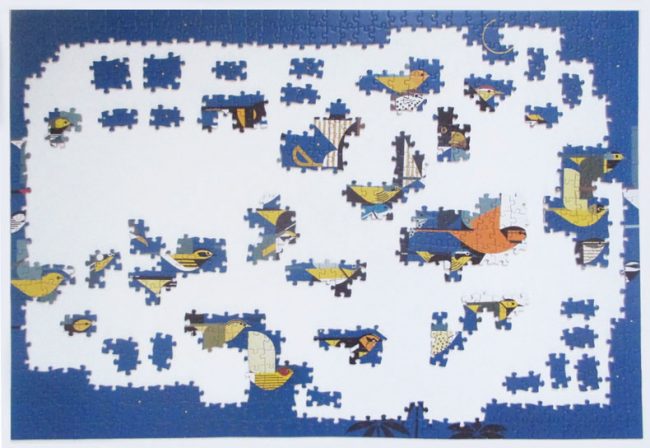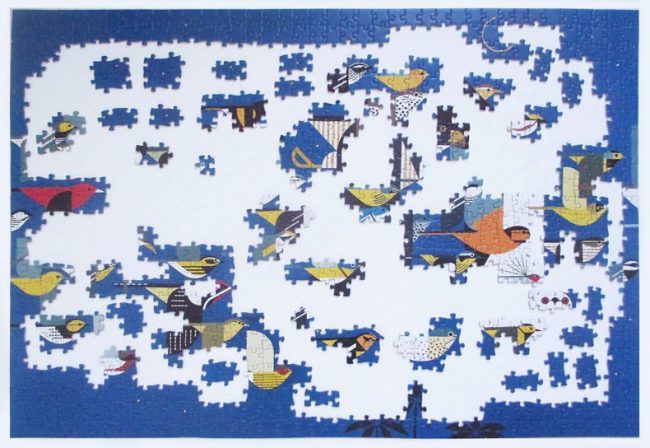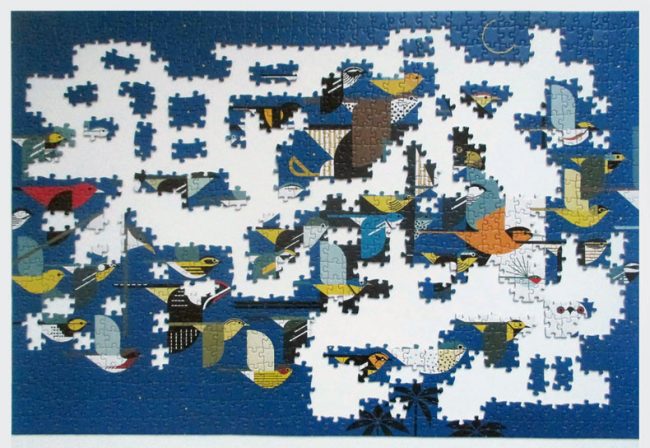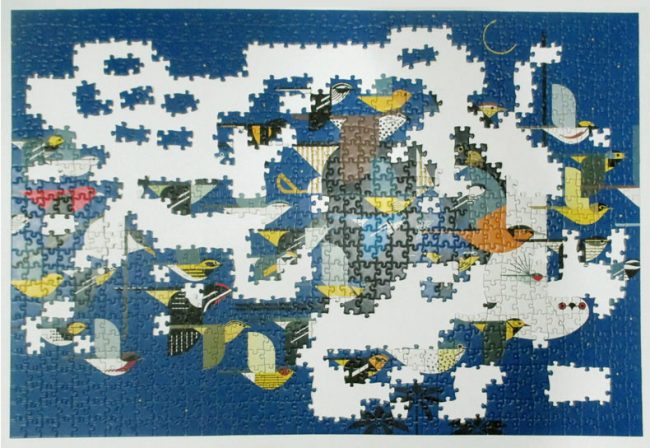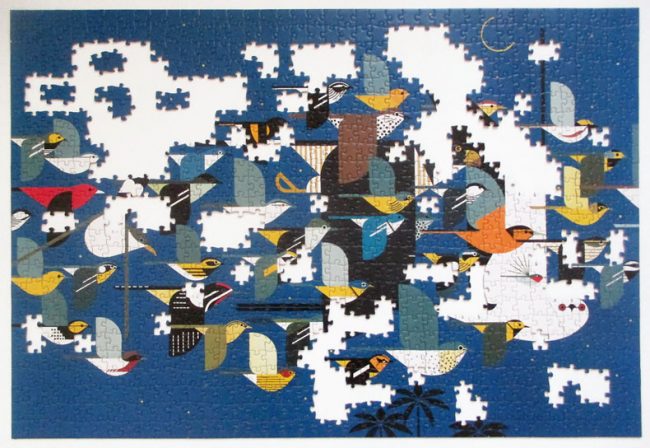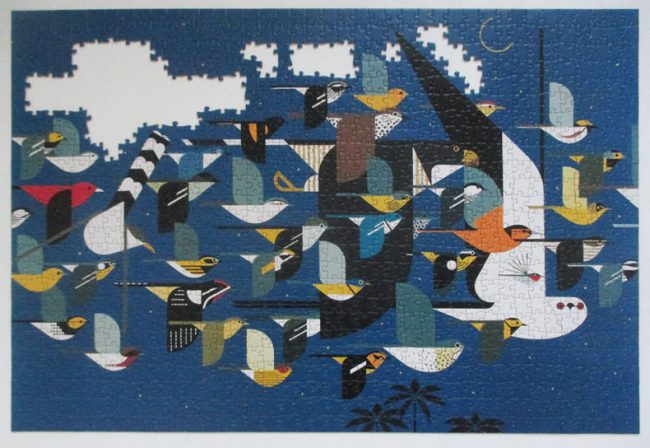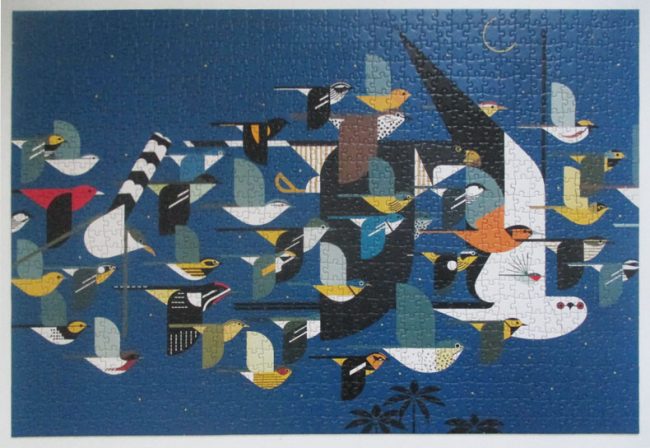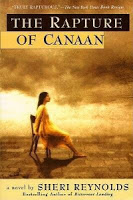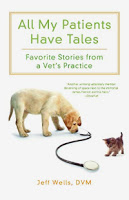I should have guessed that in the world of competitive vegetable growing, there’s people whose goal is to produce the biggest pumpkin ever. When this book was written, men aimed to break the record with a pumpkin that weighed over 1,500 pounds (now the world record is 2,624 pounds). This story focuses on a group of giant pumpkin growers in a Rhode Island club, telling the ups and downs that several of them face through one season. The opening and closing chapters, which are mostly about the individuals and their competitiveness, the history of record-breaking giant pumpkins, and the weigh-in that closes the 2006 season, were not that great for me. The writing style tries a little too hard to be enthusiastic and felt awkward in some parts. Nearly stopped reading after chapter three. However the bulk of the book, about how the pumpkins are actually grown and tended, was more to my interest- I can relate as a gardener. Careful selection of seed, testing and prepping the soil, germinating and tending the young plants, setting them out then protecting them anxiously from rough spring weather, pruning and feeding and spraying against pests all summer, fretting over disease and disaster (hungry wildlife, cracked skins, even in one case a suspected fellow grower who jealously poisoned someone’s plants!) I’m not a competitive person myself so I don’t really understand the fire that makes them work for huge fruit with so much effort- forcing the plants to strain to the max without cracking, rotting or collapsing. I’d rather have something beautiful, useful, or good to eat, than just a right to brag about “mine’s the biggest”! But if I ever go to an agricultural fair I’ll be sure to stare at prize-winning pumpkins with different eyes now, knowing all that went into getting them that huge size. They do look rather obscene, though.
Passionate, Heartbreaking, Glorious Quest to Grow the Biggest Pumpkin Ever
by Susan Warren
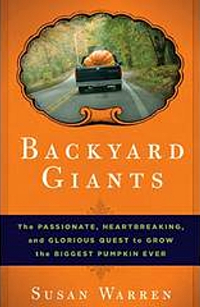
Rating: 3/5
256 pages, 2007
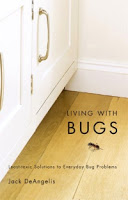
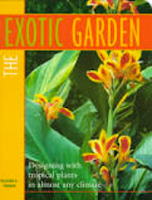





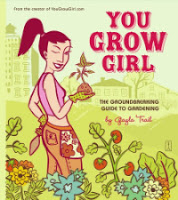
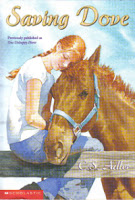
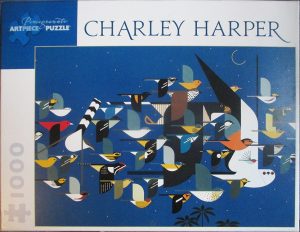 Nice sturdy jigsaw, though a bit difficult- there’s all that blue and the variations between pieces are definite but also very subtle. Honestly I thought at first I wouldn’t really like doing this one- it’s very abstract with a lot of similar, flat colors. I had to do a lot more looking back and forth between closely at the provided image to figure out where pieces went, than I’m used to. Running my eye over the image so continually, this had an odd visual effect of making it seem like the bird wings were actually flickering, in my mind’s eye. Then I read more about the piece online, and suddenly realized its significance.
Nice sturdy jigsaw, though a bit difficult- there’s all that blue and the variations between pieces are definite but also very subtle. Honestly I thought at first I wouldn’t really like doing this one- it’s very abstract with a lot of similar, flat colors. I had to do a lot more looking back and forth between closely at the provided image to figure out where pieces went, than I’m used to. Running my eye over the image so continually, this had an odd visual effect of making it seem like the bird wings were actually flickering, in my mind’s eye. Then I read more about the piece online, and suddenly realized its significance. 




